1. Promotes cell turnover
Bakuchiol reveals brighter, plumper skin by increasing skin cell regeneration and boosting collagen production.

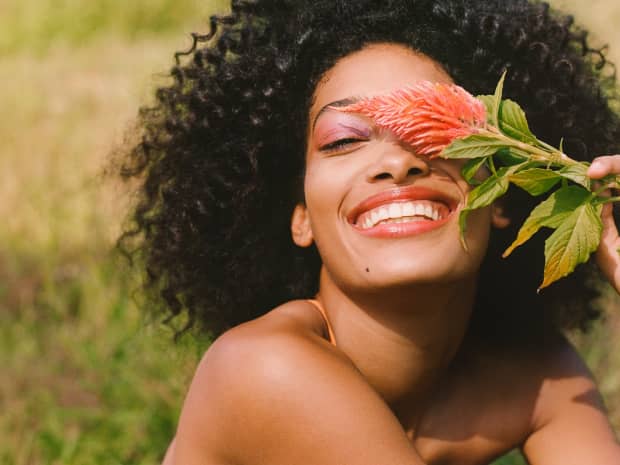
Last Updated: January 12, 2022
Do you want the benefits of retinol, without the irritation? Try bakuchiol. We spoke with dermatologist Anna Chacon M.D. to learn all about this exciting skincare ingredient.
Irritation and redness seem par for the course with retinol. It’s the price we pay for plump, glowing skin that’s free from fine lines and acne. But what if there were another way to get that Instagram-filter skin … without the side effects?
Enter bakuchiol. Nicknamed “nature’s retinol” because of its striking similarities to the multitasking skincare ingredient we all know and love, this botanical wunderkind is stealing the spotlight as skincare’s new superhero.
We spoke with Anna Chacon M.D., a board-certified dermatologist, to learn more about its benefits and how it compares to retinol.
Bakuchiol (pronounced ba-KOO-heel) is an extract from the leaves and seeds of Psoralea corylifolia, commonly known as the babchi plant. Babchi has its roots in Ayurvedic and Chinese medicines, but the plant is also used in Western medicine to treat several skin issues like vitiligo, inflammatory diseases, eczema, and dermatitis.
While the babchi plant has a long history of medicinal applications, bakuchiol in skincare is relatively new.
“Bakuchiol is a powerful antioxidant that reduces skin discolorations and the appearance of fine lines and wrinkles and has skin-soothing benefits,” Dr. Chacon says.
This potent extract is experiencing a surge in popularity due to it’s uncanny similarity to skincare’s holy grail, retinol. A recent study found no difference between bakuchiol and retinol for treating wrinkles and hyperpigmentation—talk about a glowing review!
Before we dive into bakuchiol vs. retinol, let’s talk about what retinol is.
“Retinol is a derivative of vitamin A that’s typically found in animal products. It’s highly regarded as an anti-aging ingredient that helps with everything from exfoliating dead skin cells, evening out skin tone, fading age spots, and treating acne,” Dr. Chacon tells us.
“Bakuchiol isn’t derived from vitamin A, but it functions similarly to retinol in that it encourages cell turnover and boosts collagen production, which decreases the appearance of enlarged pores, helps smooth out wrinkles, and improves skin elasticity.”
So, what’s the difference between retinol and bakuchiol?
Unlike retinol, which often causes redness, flaking, and irritation, bakuchiol offers all the glory of retinoids without the gnarly side effects.
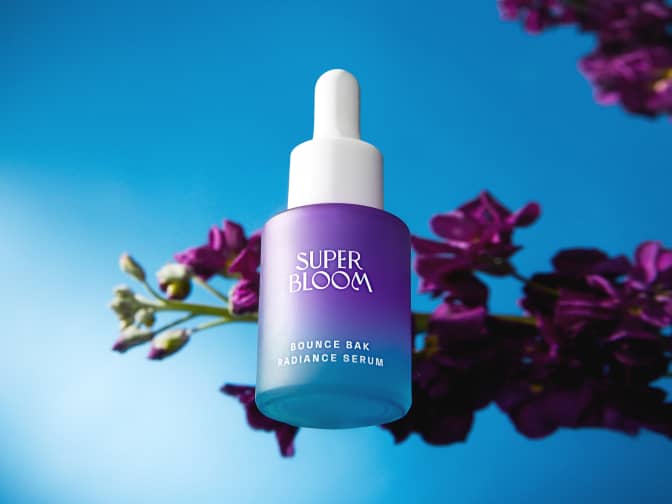
A natural retinol alternative serum, without the drying side effects, that’s clinically proven to reduce fine lines and wrinkles and even skin tone.
“Bakuchiol is great for people with sensitive skin or for people looking for a vegan alternative to retinol,” Dr. Chacon says.
“Although it's an active ingredient, it doesn't have the same sun exposure risk that retinol does and does not increase risk of sunburns. Rather than leaving the skin sensitive to the sun, clinical research shows that it actually provides a level of sun protection that isn’t found in topical retinoids.”
Dr. Chacon also notes that while many skincare brands would have you believe that retinol and bakuchiol are nearly identical, that isn’t exactly the case.
“Because it is so new to the skincare scene, there haven’t been enough studies done yet to determine the long-term side effects and efficacy of it.”
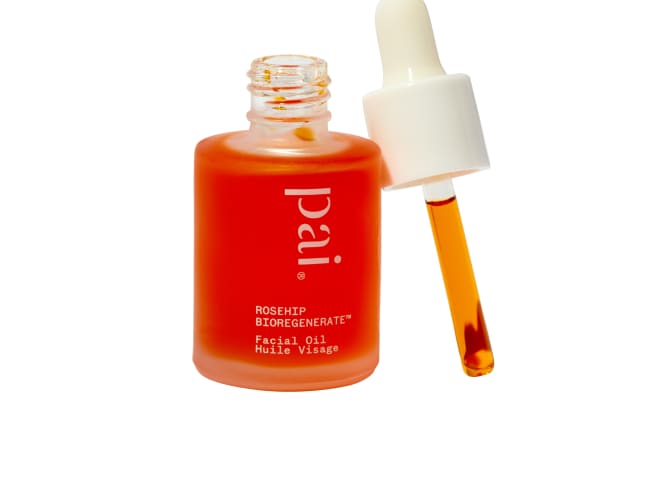
Read up on rosehip oil, an ultra-nourishing oil derived from rose bushes that contains high levels of rejuvenating vitamin A — without the irritation.
And browse Pai’s Rosehip Oil on Grove to read real customer reviews about how it works.
Bakuchiol reveals brighter, plumper skin by increasing skin cell regeneration and boosting collagen production.
Because bakuchiol encourages collagen production, you’ll experience skin that’s more plump and firm with fewer fine lines and wrinkles.
Bakuchiol has powerful anti-inflammatory and antibacterial properties that help soothe and heal skin that’s been irritated by acne or eczema.
Retinol is notorious for causing dryness and irritation after use. Bakuchiol is much more gentle on the skin and doesn’t have any known side effects.
Bakuchiol goes deep beneath the surface of the skin to help reduce the appearance of dark spots and hyperpigmentation.
Studies have shown that after 12 weeks, bakuchiol significantly improved participants’ pigmentation.
Bakuchiol has been shown to inhibit the growth of P. acnes, the bacteria that causes pimples.
It’s also effective at reducing the presence of two other major contributors to acne—staph bacteria and candida.
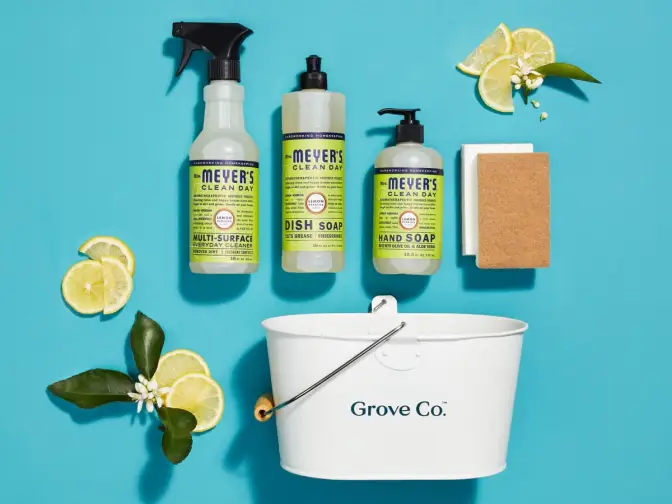
Wondering who Grove is, what types of products we offer, and how to get a free gift set when you sign up? Learn more about flexible monthly shipments, customizing your shipment, and joining millions of happy households — no monthly fees or commitments required.
Bakuchiol is a gentler alternative to retinol and doesn’t have any known side effects, says Dr. Chacon.
“It’s always a good idea to patch test any new products you use, and talk to your dermatologist if you have concerns or plan to use bakuchiol while pregnant or breastfeeding.”
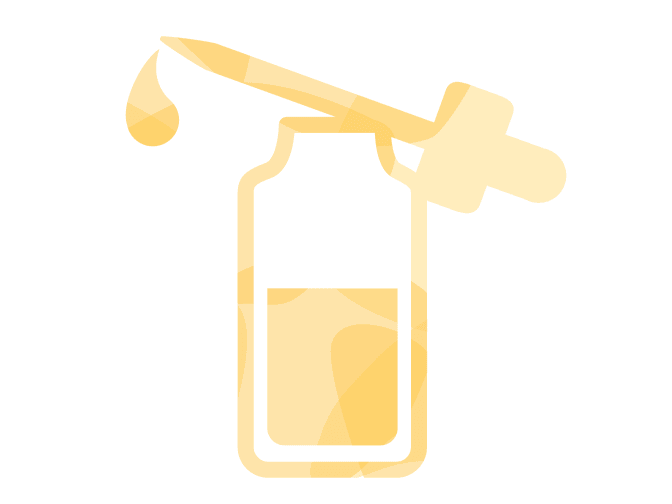
Dr. Chacon says that bakuchiol is suitable for all skin types and safe to use up to twice a day.
One of the great things about this skincare ingredient is that it plays well with others—you can use bakuchiol with chemical exfoliants like AHAs and BHAs, niacinamide, vitamin C, and even retinol.
To use bakuchiol, apply it once or twice a day after cleansing, toning, or applying a chemical exfoliant (if you use one!) Bakuchiol comes in both serums and moisturizers—if you’re using a bakuchiol serum, apply it before your moisturizer. If you’re using a bakuchiol moisturizer, apply it after your serum.
Follow up with sunscreen if you’re using bakuchiol during the day.

Dr. Anna H. Chacon is a double Ivy League-educated board-certified dermatologist. Following medical school at Brown University, Dr. Chacon completed a fellowship in dermatologic & laser surgery at the University of Miami, in which she authored many articles, book chapters, and managed several clinical research studies. She then completed a one-year surgical internship at Orlando Regional Medical Center.
She completed her dermatology residency at LAC+USC Medical Center in Los Angeles. She is currently a board-certified dermatologist in South Florida. She speaks multiple languages including English, Spanish, and French; and aspires to treat her patients like family. She has an interest in rural health and providing healthcare to underserved areas. She serves as the first and only dermatologist that provides medical care to the Native Americans of the arctic slope of Alaska.
She currently is the most licensed female dermatologist and is licensed in 46 states to practice medicine across state lines. She loves dermatology and also enjoys writing in publications, magazines, online websites, research studies, and scientific articles.

We've found 17 natural anti-wrinkle skincare products that work. Plus, they've also been top-rated by Grove members.

We've pulled the 28 best refillable & reusable beauty & personal care products as top-rated by Grove members.
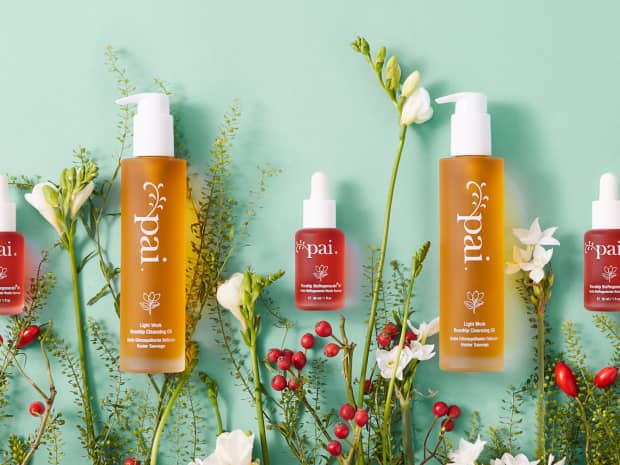
We've pulled the 8 best natural Pai skincare products that have been top-rated by Grove members. Have a look!
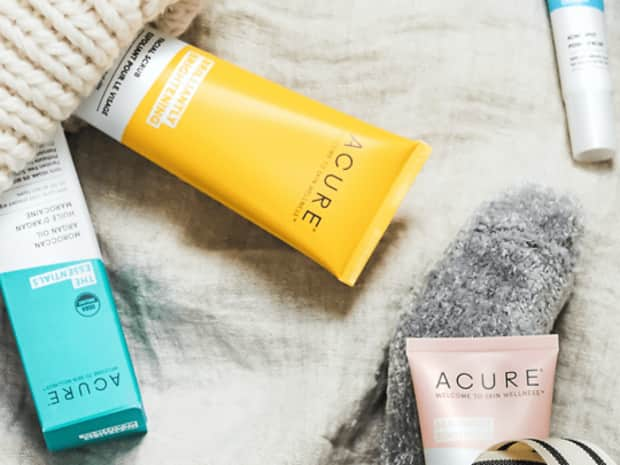
We've pulled the 13 best vegan skincare products as top-rated by Grove members.